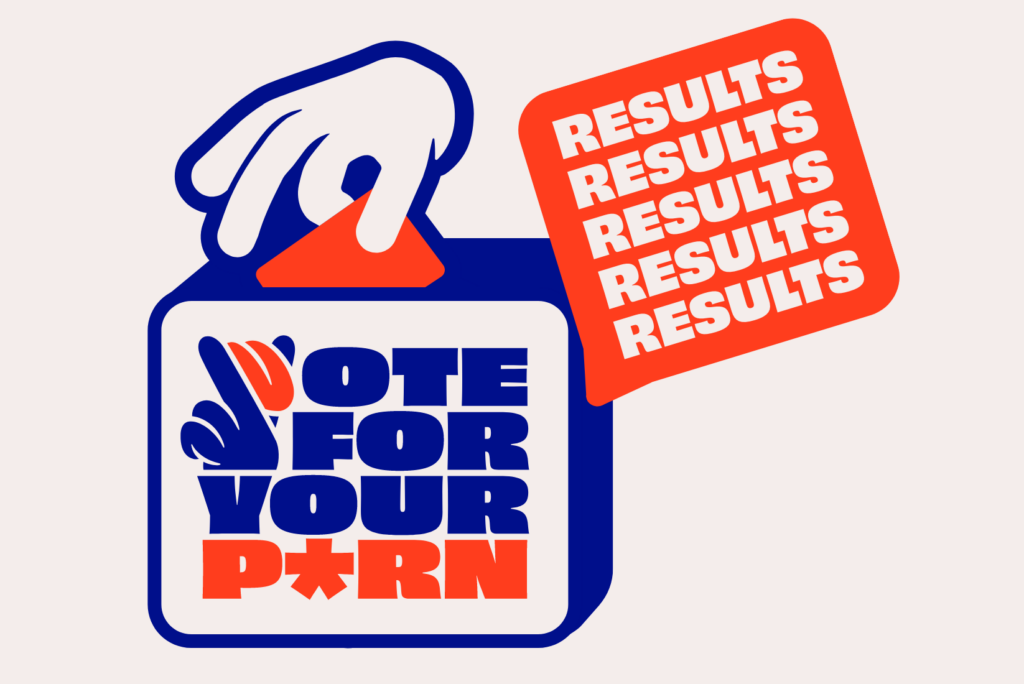Choking during sex has become more prevalent, as indicated by a 2020 study where 20% of cis men and 12% of cis women reported experiencing choking their partner. Additionally, in a 2021 study, 22.3% and 25.9% of trans/non-binary participants mentioned experiencing being choked or choking their partner in their most recent sexual encounter. However, it’s a practice not without controversy.
Erotic asphyxiation—which includes acts such as smothering and choking—can seem a more approachable introduction to kink compared to other kinds of play like bondage or spanking. Despite its perceived accessibility, it carries a lot of risk and danger. Some experienced kinksters consider breath play as the most dangerous type of common BDSM play.
Why Do People Like Being Choked?
Why do people like being choked, despite its inherent danger? Different people may give different answers to that, but there are some broad trends in answers.
One significant aspect is the way breath control can intensify dominant/submissive roles in BDSM play. Typically, this involves a dominant person choking a submissive partner, with the submissive allowing the dominant to take “life-threatening” control. It’s important to note that roles of dominance and submission are fluid and that a dominant might enjoy being choked, viewing it as an act of service that provides dopamine and serotonin.
The restriction of oxygen leading to a “dizzy” or “lightheaded” feeling is another factor that attracts some people to breath play. The temporary pleasure in the moment, coupled with a subsequent rush when released and able to breathe normally again, can feel quite pleasurable.
What Are The Risks Of Being Choked?
Less Risky Forms Of Breath Play
If you want to try erotic asphyxiation but the dangers of choking are outside of your risk profile, there are less risky ways to play with breath control. Depending on the appeal of choking for you and your partner/s, there may be alternative ways to achieve the sensation or emotion you’re seeking.
For those drawn to the power dynamic heightened by choking, other forms of BDSM play can offer a similar experience. Restraints, for example, can enhance the feeling of helplessness (A tip for beginners: Opt for soft fabric or leather wrist cuffs over metal handcuffs for greater comfort). If you enjoy choking because your neck is an erogenous zone, wearing a collar can also feel very sensual!
Just covering a partner’s mouth during sex (without pushing down) can produce the same rush of being overpowered as choking, with significantly less risk. Another option for breath control is a gas mask, which allows for a top to cut off a bottom’s air by covering the air hole with their hand. While this method still does have risks, the bottom can break the seal by moving their head at any time, and it doesn’t involve the additional risk of the top constricting the neck.
However, it’s crucial to recognize that while these alternatives are less risky than conventional choking, they are not risk-free. No form of sex, let alone BDSM, is completely safe—only safer. The section in this article on risk mitigation remains just as important if you’ve decided to explore alternatives to choking.
But What If I Really Want To Be Choked?
After reading all this, you and your partner/s may decide that you are comfortable with the risks of choking and feel that the alternatives are not suitable for you.
If that’s the case, hands-on learning about choking can be invaluable. You might want to seek out a local pro-dominant who can show you the ropes (so to speak), or find a class on stage choking techniques intended for actors.
As mentioned, the most dangerous way to choke somebody is placing pressure on the windpipe, or at the front of the throat. The windpipe can collapse under pressure, leading to a medical emergency quickly and with little warning. Instead, the focus should be on your partner’s carotid arteries. These blood vessels control the flow of blood to your brain and can be found by identifying the “pulse point” in your partner’s neck.
It can be difficult to know how hard to squeeze, especially as different people have different preferences. If you’re interested in being a choking bottom, it’s helpful to practice (either with a partner or by yourself) ahead of time and in a non-sexual setting to get a good picture of your limits and preferences. If you’re interested in being a choking top, practice starting with a gentle grip and building up the pressure. Maintaining constant pressure can lead to injury, so try to vary the pressure at 5- to 10-second intervals.
Communication & Other Forms Of Risk Mitigation
Choking can’t be made totally safe, but it can be made safer. As with all forms of BDSM play, breath play should be discussed in detail with your partner/s before you start, ideally in a non-sexual context. This includes not just if you’re mutually interested in choking, but about the risks involved (making sure everyone is fully informed about health risks) and establishing clear communication during play.
In BDSM scenes, some people use “safe words” to quickly communicate needs during play. This is especially important during scenes involving a level of play with non-consent. However, during breath play it can be difficult to vocalise. In these cases, you may want to choose a “safe gesture”. This might look like leaving the bottom with free hands, so they can tap the top if they want to stop, or giving them an object to drop.
Don’t neglect communication afterwards as well! After sex or your BDSM session, check in with your partner/s about their physical and emotional experiences. Choking can be an intense experience for both top and bottom, so take time to make sure both you and your partner/s feel safe and secure. Depending on your relationships and preferences, this might involve snuggling, kissing or exchanging words of affirmation.
Our selection of articles is growing every week.
Go educate yourself and dive deep into several topics around Sexucation, Culture, Health and Love&Lust.









